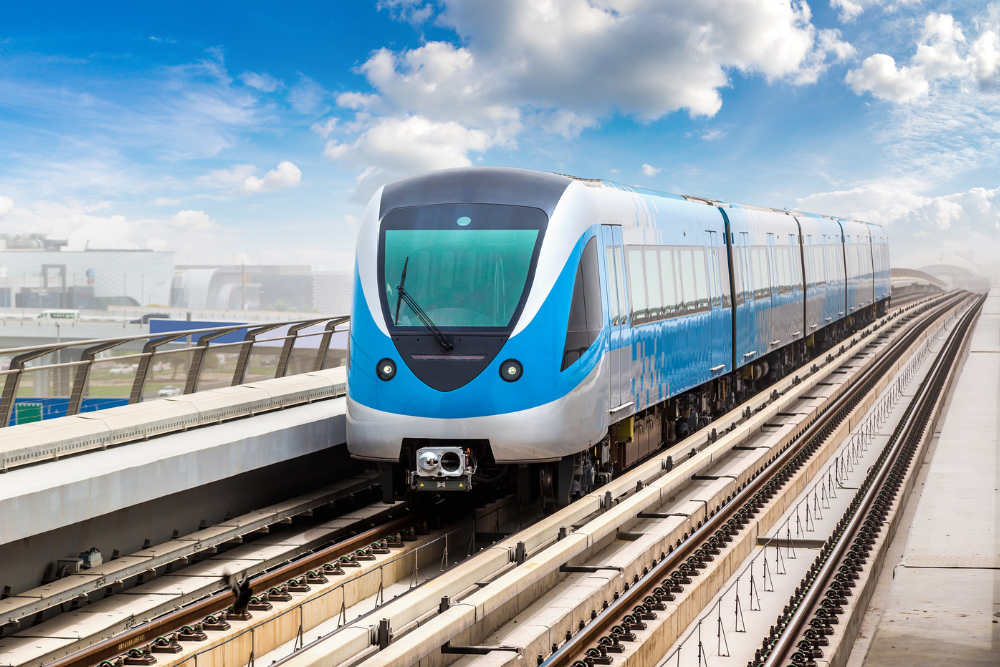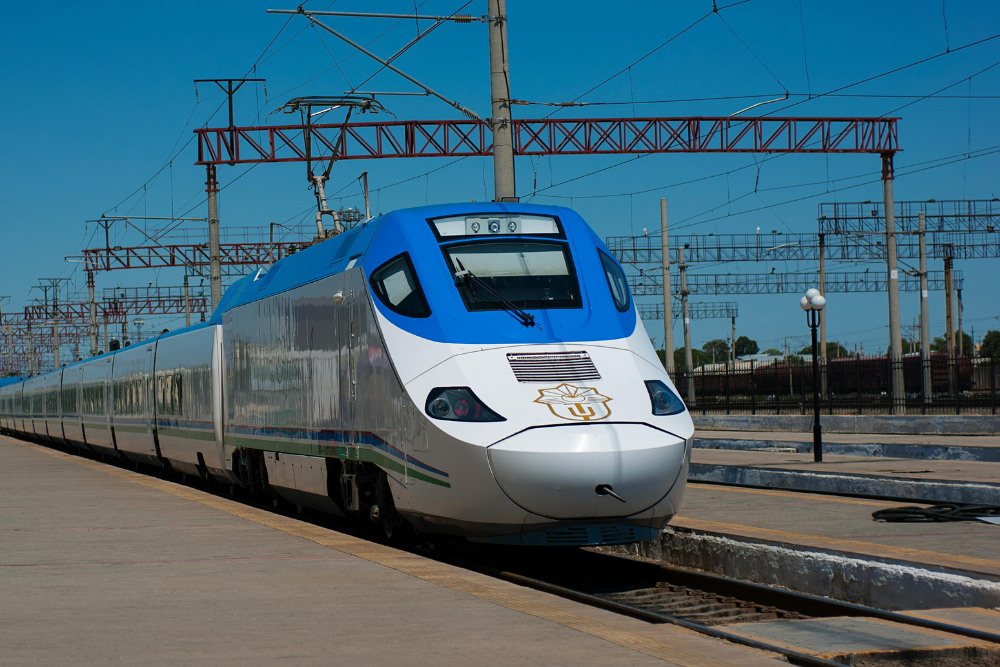The railway system in Malaysia is one of the oldest and most significant transport networks in Southeast Asia. It has played a pivotal role in the economic development, social transformation, and historical progression of the country. From its early days of colonial rule to its modern-day contributions, Malaysian railways have greatly shaped the nation’s connectivity, trade, and cultural integration. Here’s an overview of the history of Malaysian railways and their ongoing importance in the country’s development.
Early Beginnings: The Colonial Era
The story of Malaysian railways begins during British colonial rule in the 19th century. The British, who controlled large parts of Malaysia, were keen on developing the country’s infrastructure to facilitate the transportation of goods, particularly tin and rubber, which were essential to their economic interests. The British colonial administration saw the strategic value of a railway system in linking the key resource-producing areas with ports for export, as well as connecting various regions within the Malay Peninsula.
The first railway line was officially opened in 1885, connecting Singapore to Kuala Lumpur, though its construction began earlier in the 1870s. The line was originally built to facilitate the transport of tin and rubber from the Malay states to Singapore’s bustling ports, where these resources would be exported to international markets. It was a critical development for the British colonial economy, but it also laid the foundation for Malaysia’s future economic growth.
As more railway lines were constructed throughout the Malay Peninsula, the railway network expanded rapidly in the early 20th century. The Federated Malay States Railways (FMSR) was established in 1901, bringing together several independent railway companies into a single cohesive network that covered much of the peninsula, from Singapore in the south to Ipoh and Penang in the north. The FMSR was integral to the growth of Malaysia’s economy during the colonial period and served as the backbone of transportation for industries such as mining, rubber plantations, and agriculture.
By the mid-1900s, the railway system had become more extensive, with the opening of several important routes including those linking Kuala Lumpur to Penang, and other towns in the Perak and Selangor states. The trains became a lifeline for both the local population and the economy, contributing to the movement of goods and people.
Post-Independence and Modernization
Following Malaysia’s independence from British colonial rule in 1957, the railway system continued to play a vital role in the nation’s development. However, the changing needs of a post-colonial economy prompted the need for significant modernization and expansion.
In the 1960s, Malaysia embarked on ambitious projects to update and expand the railway system. Malayan Railway (Keretapi Tanah Melayu, or KTM) was established as a government-owned entity in 1948, consolidating the former British colonial railway operations into a nationalized system. By the 1970s, the country began to experience a period of rapid industrialization, and the demand for improved infrastructure grew. This led to the electrification of some lines and the introduction of more modern trains.
In the 1990s, Malaysia further modernized its rail network with the introduction of high-speed trains, such as the KTM Komuter, which was launched in 1995. The Komuter trains revolutionized urban commuting, offering an efficient and affordable alternative to road transport, particularly in the densely populated regions of the Klang Valley, including Kuala Lumpur.
The most significant leap in rail development came in 2010, when Malaysia and Singapore signed an agreement to develop a high-speed rail link connecting Kuala Lumpur and Singapore. The project, still under development, is set to reduce travel time between the two cities to just 90 minutes, marking a monumental shift in the region’s transport infrastructure. This high-speed rail will not only make travel faster but also further enhance economic ties between Malaysia and Singapore.
The Role of Malaysian Railways Today
Today, the Malaysian rail network continues to be a vital part of the country’s transportation infrastructure. The system serves both urban and rural communities, providing an essential mode of transport for millions of Malaysians. Malaysian railways are integral to the nation’s economy, particularly for the movement of goods. Rail transport remains a reliable and cost-effective method of transporting bulk goods, such as petroleum, coal, and agricultural products, to key industrial centers and ports.
The KTM Intercity trains are crucial for intercity travel, connecting the main urban centers across the peninsula, such as Kuala Lumpur, Johor Bahru, Ipoh, and Penang. These trains are popular among commuters, tourists, and business travelers alike, as they provide an affordable and comfortable alternative to road travel.
The KTM Komuter, which operates in the Klang Valley area, is one of the most widely used modes of transportation in the metropolitan region. It offers regular services that cater to daily commuters, making it an important part of Kuala Lumpur’s urban transit system.
Railways also continue to play a vital role in promoting tourism, particularly in scenic areas such as Kuala Kangsar, Alor Setar, and Bukit Mertajam. The tourism sector benefits from several popular train routes, such as the Eastern & Oriental Express, which offers luxurious train journeys through Malaysia’s picturesque countryside, allowing visitors to experience the natural beauty of the country in comfort.
Environmental and Economic Importance
In addition to its transport and connectivity roles, Malaysia’s railways are becoming an increasingly important part of the country’s sustainability efforts. Rail transport is more energy-efficient and environmentally friendly compared to road and air transport, making it a key part of Malaysia’s efforts to reduce its carbon footprint.
The government has made several initiatives to promote sustainable rail travel, including plans to electrify more lines, reduce dependence on fossil fuels, and introduce energy-efficient trains. The high-speed rail link with Singapore, for example, is expected to reduce the number of cars on the road, lowering traffic congestion and contributing to environmental sustainability.
Economically, the railway system remains a critical asset. It facilitates trade by connecting ports, industries, and major population centers, helping drive Malaysia’s export-driven economy. The efficient movement of goods by rail lowers logistics costs, which is essential for sectors such as manufacturing, agriculture, and mining. Furthermore, the railway system plays a crucial role in boosting regional development, linking remote areas with larger cities and providing economic opportunities to underserved communities.
Challenges and Future Development
Despite the numerous successes, Malaysian railways face challenges that need to be addressed in the coming years. One of the key issues is aging infrastructure in some parts of the rail network, which requires modernization and maintenance. As Malaysia seeks to expand its rail network and integrate more high-speed options, significant investments will be required to ensure the system remains efficient and reliable.
Another challenge is the competition from road and air transport. With the growing popularity of cars and budget airlines, railways need to continue offering a competitive advantage in terms of price, speed, and convenience to maintain their position as a preferred mode of transport.
Future developments, such as the high-speed rail project and the expansion of the urban transit network in Kuala Lumpur, are expected to play a pivotal role in addressing these challenges. These initiatives will modernize Malaysia’s rail infrastructure, making it more competitive and sustainable in the long run.
Conclusion
The history of Malaysian railways is a testament to the country’s economic evolution and its ability to adapt to changing needs. From colonial times to the present day, the rail network has been essential in connecting people, goods, and regions, contributing significantly to Malaysia’s development. Today, the railway system continues to play a crucial role in Malaysia’s economic and social life, supporting industries, tourism, and sustainable urban transport.
As the country looks to the future, the continued expansion and modernization of its railway network will ensure that Malaysia remains well-connected, efficient, and sustainable, meeting the demands of an increasingly mobile population and dynamic economy.












